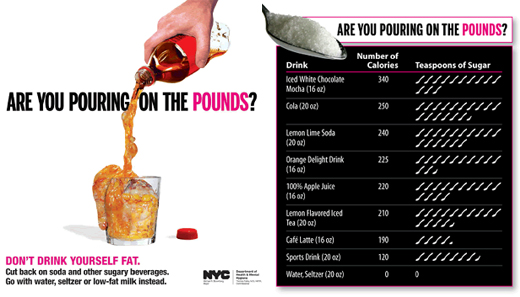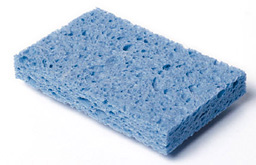By
Edwin Leap, M.D.
An emergency physician, like me, may be the worst possible person to discuss relationships with patients. I mean, one of the reasons I chose this specialty was that I didn’t want long-term relationships with my patients. I see, now, that God has a great sense of humor.
See, the county I landed in after residency is small enough that I do know many of my patients, and I do see them more often than you might imagine. After all, our hospital is ‘the only game in town.’
There are some patients I know quite well, and thus I know with reasonable accuracy who is sick and who isn’t, based on how they looked or behaved before. It doesn’t always work, but frequently it does.
Which brings me to trends in primary care. I don’t know if I’m really a primary care provider or not. Some years we are, some years we’re considered specialists. Whatever. It doesn’t really change the work. It might change the pay, as administrations place different emphasis from time to time. But I do see a lot of primary care. I watch internists and pediatricians, family physicians and ob/gyns do their work. And what I see, from the standpoint of the emergency room, is a drift away from relationship.
The thing that brings it up most poignantly is the trend towards hospitalists. For those of you not acquainted, the hospitalist is a physician whose practice is focused on admitting patients to the hospital, caring for them, and discharging them back to their regular physicians (if they have one) when the acute situation is over.
Now, I know some great hospitalists. And I understand the need for them. As hospital care becomes more complex, as offices suffer when their docs are at the hospital, as the goal becomes ‘discharge as soon as possible,’ wherein utilization review committees are prime-movers, the idea of the hospitalists makes great sense, and probably bears much fruit.
However, a relationship is severed. We have many community physicians who do not do hospital work. And more now that the hospitalist option exists. So let’s say I have patient X in the evening or on the weekend. His physician doesn’t admit. I call the hospitalist. ‘Patient X is having chest pain. His cardiac labs and EKG look alright, but it just seems concerning to me. Can we admit him?’ Hospitalist: ‘well, he doesn’t have risk factors and everything looks OK, what are we going to do? Do a second set of labs and let him see his doc tomorrow.’
Now, that was a technically correct encounter. But if his own doc had been on call, as in the past, he might have said ‘I’ve known him for years. He doesn’t complain. That isn’t like him. Let’s keep him overnight.’ Scientific? Maybe not. Possibly useful? Absolutely.
See, the hospitalist is driven by admissions and discharges. And he or she has no abiding relationship with these patients. In the same way, the family physician who won’t admit has severed his relationship. ‘So, I see you were admitted last week!’ He’ll get a report. But the next serious illness that comes around will still be a situation in which the patient is admitted to a stranger with a lack of personal interest (I don’t mean that they don’t care, just that they aren’t personally connected over a long period of time).
I see both sides. The hospitalist has a focused mission and a busy service. The family doc has a focused mission and a struggling office to run. But somewhere in between is the patient, who has been left afloat between two continents. I guess the ER is the ‘desert island’ in between.
I don’t know the answer. But I know that when they come to my emergency department, I have

Doctor and boy looking at thermometer, Norman Rockwell
to put together the pieces and do the right thing. I don’t have all of the information. But before you scream ‘EMR,’ remember that medicine is more than data points. Even if I have the data, I don’t have the sense of the patient. The knowledge his or her physician has from personal, repeated interaction.
So I have to put the data together, decide if it heralds something perilous, and then I have to be a salesman…just to get someone else to look at the patient. I am, in a sense, a voice-activated robotic surrogate for everyone; from family physician to hospitalist, obstetrician to urologist, ENT to general surgeon. But then, that’s another post altogether.
What I mean to say is, when we lose relationship, we lose some of the most important bits of information in all of medicine. Humans are complex, and in order for us to care for them, at least in the setting of being hospitalized or discharged, it’s remarkably useful to know them.
What do we do to fix it? I have no idea. I don’t believe it’s a thing that can be repaired with compensation schemes. Perhaps only philosophically, as we teach young physicians the value of relating to their patients more than scientifically. Or if it works better, to explain to them that science is more than labs, stress-tests, x-rays and biopsies. Science is the pursuit of knowledge.
And patients are best known by…knowing them.
How’s that for a koan?
Edwin
















